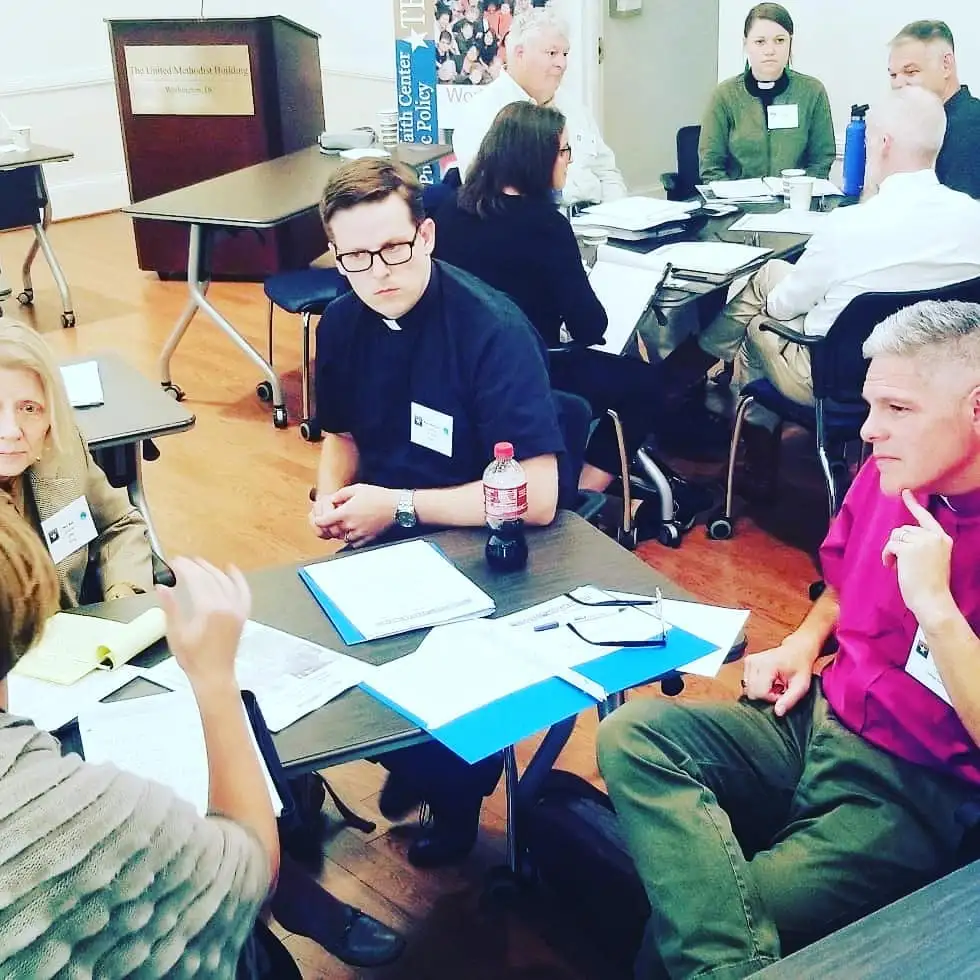


- Find out about your faith tradition’s participation in the COP. Does your tradition send representatives? Who are they and what do they do?
- Research your faith tradition’s disaster response and humanitarian ministries. What parts of the world are they concentrated in? What climate impacts are most present in those areas?
- Find out what funds in your faith tradition are invested in industries related to extraction or burning of fossil fuels. Provide this information to members of your congregation.
- Create a Climate Ribbon for your faith community or your local community. Think about how you will share the story of your ribbon as part of your climate advocacy.
- Create a bulletin board display about your faith tradition’s work on climate change (and related issues)
- Contribute a bulletin insert or present a short reflection during worship
- Inventory the ministries your group’s congregation or faith community engages in or supports—local, regional, and global. Which of them have climate intersection?
- Convene a Talanoa Dialogue or roundtable discussion about loss and damage. Document the concerns that are raised for use in your meetings with policymakers.
- Create, update, expand, or amplify an adaptation/resilience plan for your faith community or another group.
- Take a walk as a group in the neighborhood around your house of worship or somewhere else that makes sense for you. Identify ways that climate change could impact the area where you are walking. Consider how those climate impacts could create challenges for your faith community in the future.
- Create a prayer or liturgy to share with your faith community incorporating what you have learned during your study.
- Sign up for Faith Climate Action Week
- Order Faith Climate Voter materials






